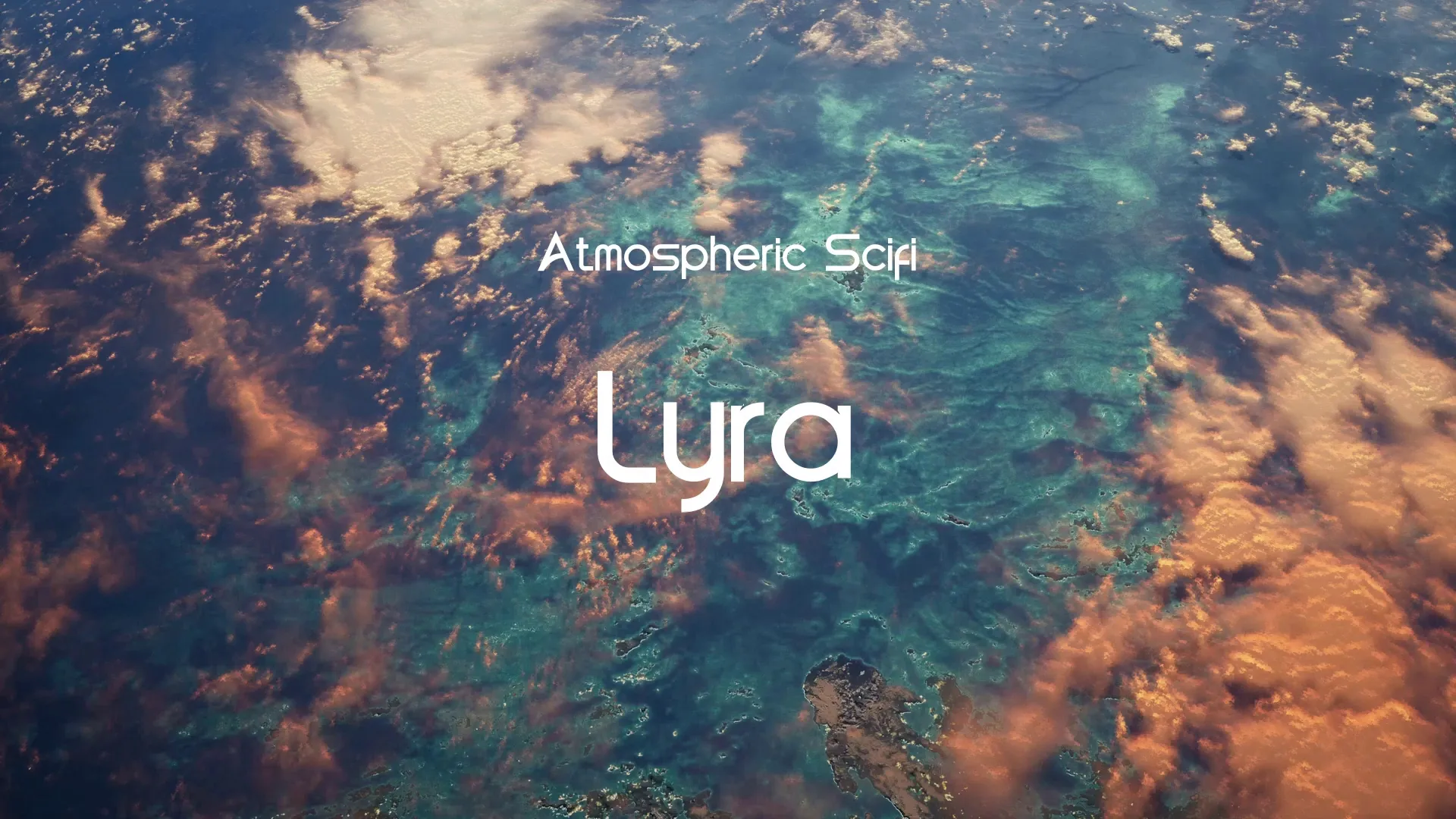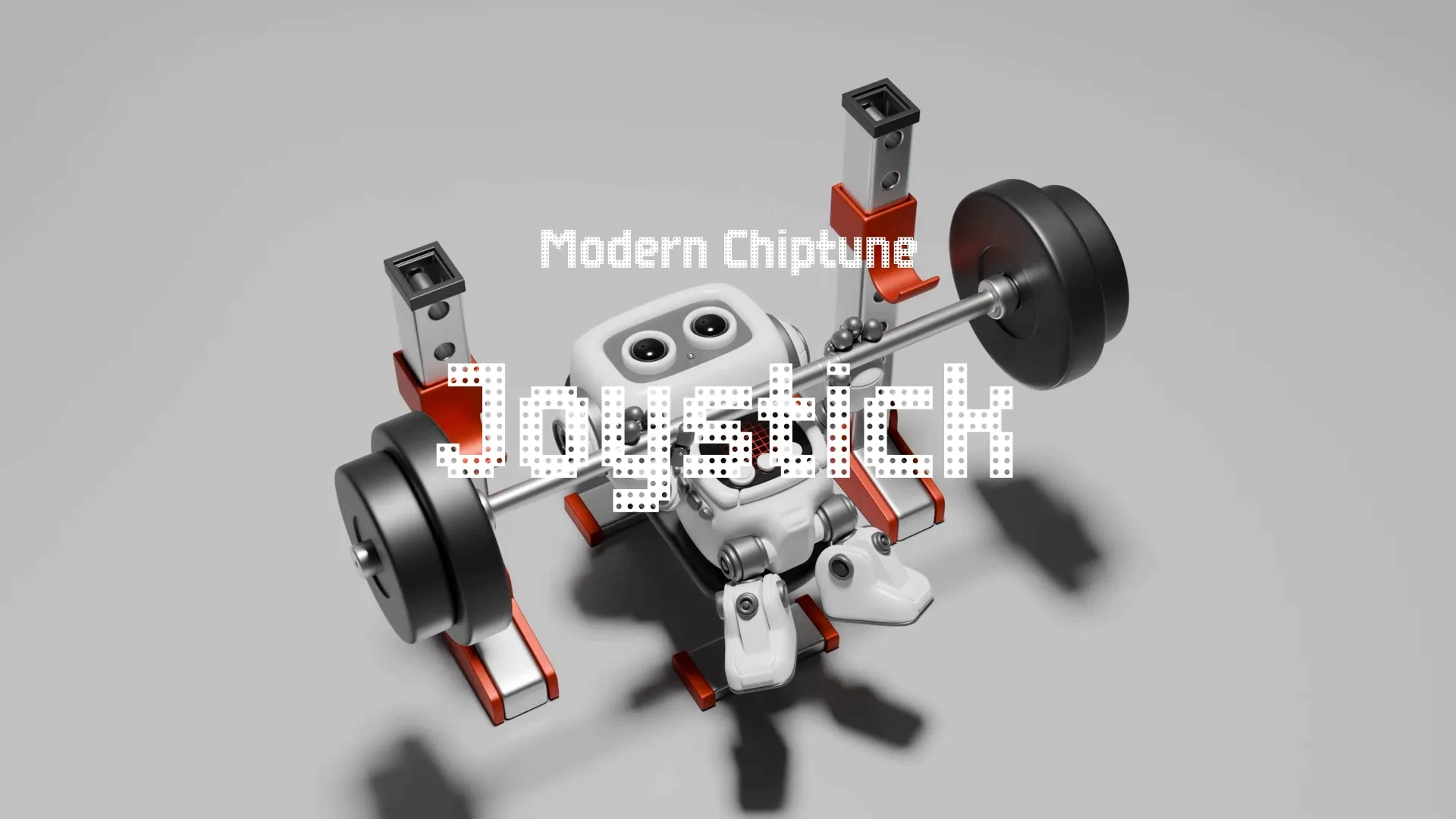Boost Indie Game Dev Productivity: AI Tools for Custom Rendering & Procedural Content
Indie game development demands efficiency. Resources are often limited, making smart tool adoption crucial for success. AI tools now offer significant productivity boosts, especially in complex areas like custom rendering and procedural content.
This article explores how indie developers can integrate AI to streamline these processes, saving time and creating richer game experiences. We will focus on practical applications within Unity and Unreal Engine.
The AI Advantage in Game Development
AI is not just for triple-A studios; it is becoming an accessible asset for indie teams. It automates repetitive tasks, generates variations, and optimizes performance in ways previously unachievable for small teams. Leveraging AI means more time for creative iteration and less time on manual, labor-intensive work.
Custom Rendering Pipeline Optimization with AI in Unity
Optimizing a custom rendering pipeline in Unity can be a daunting task. AI can assist by analyzing performance bottlenecks and suggesting shader optimizations or rendering path adjustments. For instance, AI-powered tools can identify redundant calculations in your shaders or propose more efficient material properties.
Consider using AI-driven profilers that go beyond standard Unity profiler insights. These tools can learn from your project’s specific rendering demands and offer tailored recommendations. This level of optimization is critical for maintaining high frame rates on target hardware, especially for visually complex games.
AI can also generate shader code snippets based on desired visual effects or performance targets. This reduces the manual effort of writing complex shaders from scratch, allowing developers to experiment with various rendering styles more rapidly. Understanding Unity’s rendering options is key, and you can learn more about them in our article on Unity: Understanding URP, HDRP, and Built-In Render Pipeline.
AI for Procedural Content Generation in Unreal Engine
Procedural content generation (PCG) is a powerful technique for creating vast and varied game worlds without manual placement of every asset. Integrating AI elevates PCG by adding intelligence and dynamism to the generation process. In Unreal Engine, AI can drive the creation of landscapes, foliage, buildings, and even quest structures.
AI algorithms can learn patterns from existing manually designed content and then generate new, unique variations that adhere to those styles. For example, an AI could analyze your hand-crafted forest scenes and then procedurally generate new forests with similar density, tree types, and undergrowth distribution. This ensures consistency while providing endless variety.
Furthermore, AI can adapt PCG based on player actions or gameplay needs. Imagine an open world where biomes subtly shift or new points of interest emerge based on player exploration data. This dynamic content creation keeps game worlds fresh and engaging over long playtimes.
Tools utilizing machine learning can also optimize the placement of assets to improve performance or visual composition. They can identify ideal locations for environmental props, ensuring they contribute to the aesthetic without cluttering the scene or causing performance dips.
Common Pitfalls and How to Avoid Them
While AI offers immense benefits, there are pitfalls to navigating. Over-reliance on AI without human oversight can lead to generic or repetitive results. Always maintain a critical eye on AI-generated content and be ready to refine it manually.
Another pitfall is underestimating the learning curve for integrating AI tools. Many AI solutions require some understanding of their underlying principles or specific APIs. Allocate time for experimentation and learning before fully committing to an AI-driven workflow.
Data quality is paramount for AI training. If your input data for custom rendering or PCG is inconsistent or low-quality, the AI’s output will reflect those flaws. Invest time in creating clean, well-organized data sets for optimal AI performance.
Create a free account, or log in.
Gain access to free articles, game development tools, and game assets.























